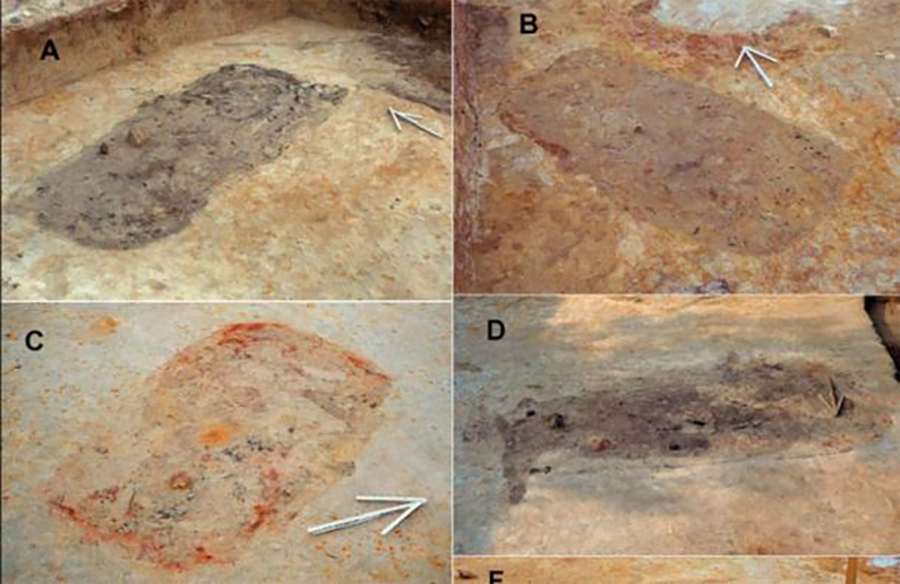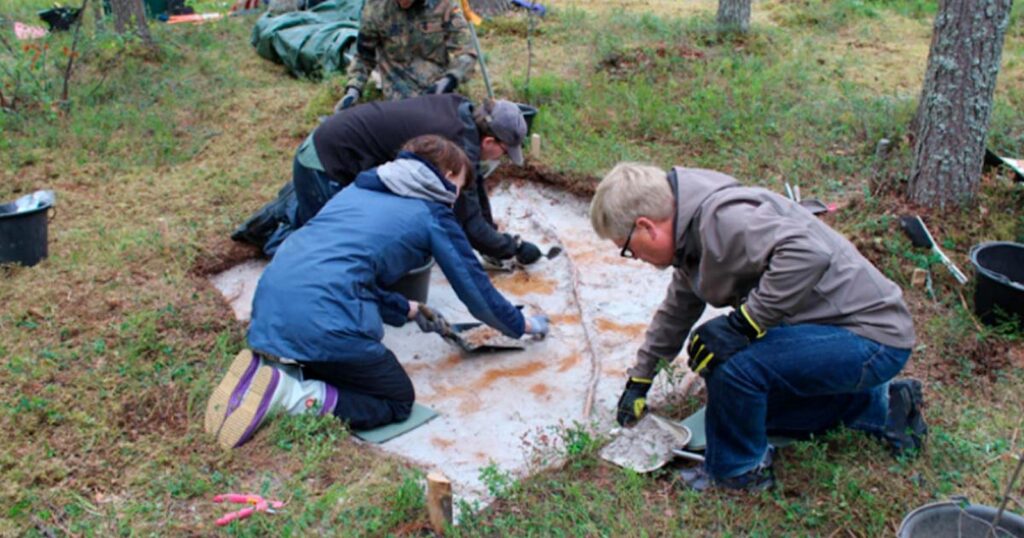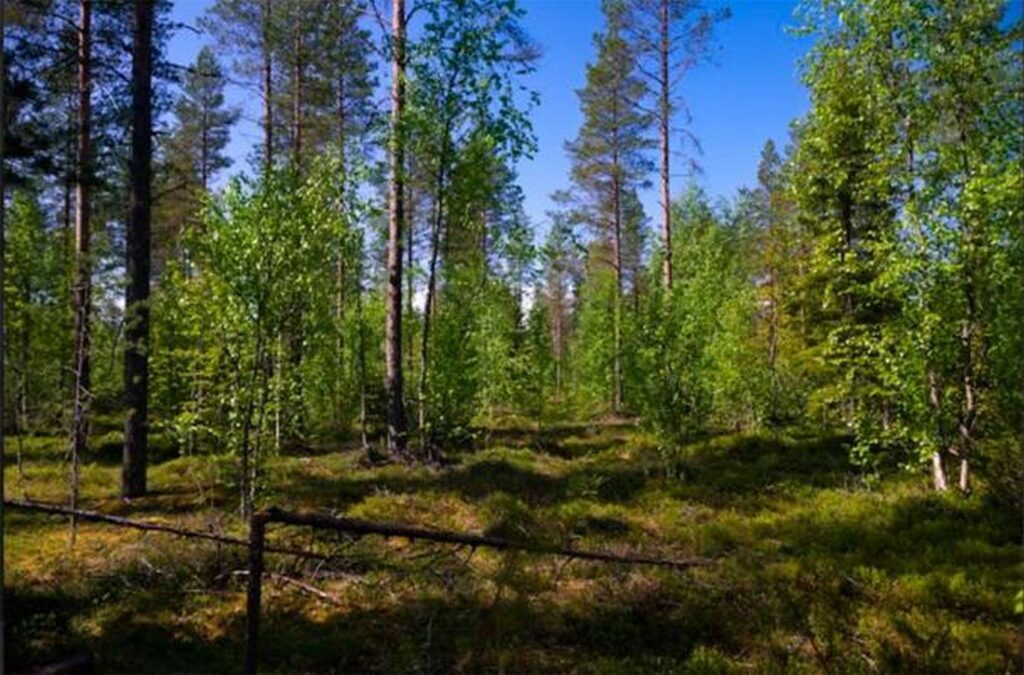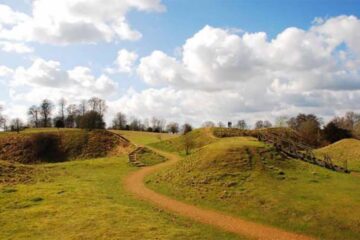Unraveling the Mystery: Tainiaro’s 6,500-Year-Old Arctic Site

Tainiaro, a desolate outpost nestled in the far-northern reaches of Lapland, Finland, has emerged as a focal point of archaeological intrigue. Recent investigations by a team of archaeologists from the University of Oulu have uncovered compelling evidence suggesting that this remote Arctic locale may have served as an ancient burial ground—a revelation that challenges conventional wisdom about burial practices in such extreme environments.

Unprecedented Discovery
Situated just 50 miles (80 kilometers) south of the Arctic Circle, Tainiaro boasts a rich tapestry of human occupation dating back millennia. Despite its inhospitable climate, this Arctic outpost has yielded tantalizing clues hinting at its potential role as a Neolithic cemetery, a hypothesis supported by meticulous analysis and on-site surveys conducted by the University of Oulu team.
Tracing the Origins
The saga of Tainiaro’s exploration traces back to its initial discovery nearly four decades ago. Subsequent excavations uncovered a series of pits, reminiscent in shape and size of ancient burial tombs found in more temperate climates. Radiocarbon dating confirmed these pits to be remnants of human activity from the fifth millennium BC, a time when the region was inhabited by resilient hunter-gatherer communities.
Deciphering the Enigma
While the absence of human skeletal remains initially cast doubt on the burial hypothesis, a comprehensive reevaluation spearheaded by the University of Oulu team has reignited interest in Tainiaro’s enigmatic past. By meticulously scrutinizing artifacts and pit dimensions, the archaeologists discerned telltale signs indicative of burial practices, including the presence of red ochre pigment and remnants of burial goods within select pits.
The Graveyard Unveiled
Through a meticulous comparative analysis with prehistoric burial sites across Europe, the researchers identified approximately 44 pits at Tainiaro as probable gravesites. Distinguished by their rectangular shapes and distinctive contents, these graves offer a rare glimpse into ancient mortuary customs in the Arctic wilderness. The absence of intact skeletal remains underscores the challenges posed by the region’s acidic soil, yet the trove of archaeological evidence speaks volumes about the enduring legacy of Tainiaro’s ancient inhabitants.
Insights from the Past
The implications of Tainiaro’s status as a Neolithic cemetery extend far beyond mere archaeological curiosity. This groundbreaking discovery challenges prevailing assumptions about the capabilities and cultural practices of ancient hunter-gatherer societies in extreme environments. By reevaluating conventional narratives, scholars hope to illuminate the diverse array of human experiences that have shaped our collective history.

Prospects for the Future
With only a fraction of Tainiaro’s vast expanse explored thus far, the quest for answers continues. Armed with cutting-edge technologies such as ground-penetrating radar, researchers are poised to uncover additional gravesites while preserving the integrity of the site for future generations. The tantalizing prospect of recovering human remains and genetic samples holds the promise of unlocking new insights into the lives and legacies of Tainiaro’s ancient denizens.
As the saga of Tainiaro unfolds, it serves as a poignant reminder of humanity’s enduring quest to unravel the mysteries of the past, casting light into the shadows of antiquity and illuminating the rich tapestry of our shared heritage.















